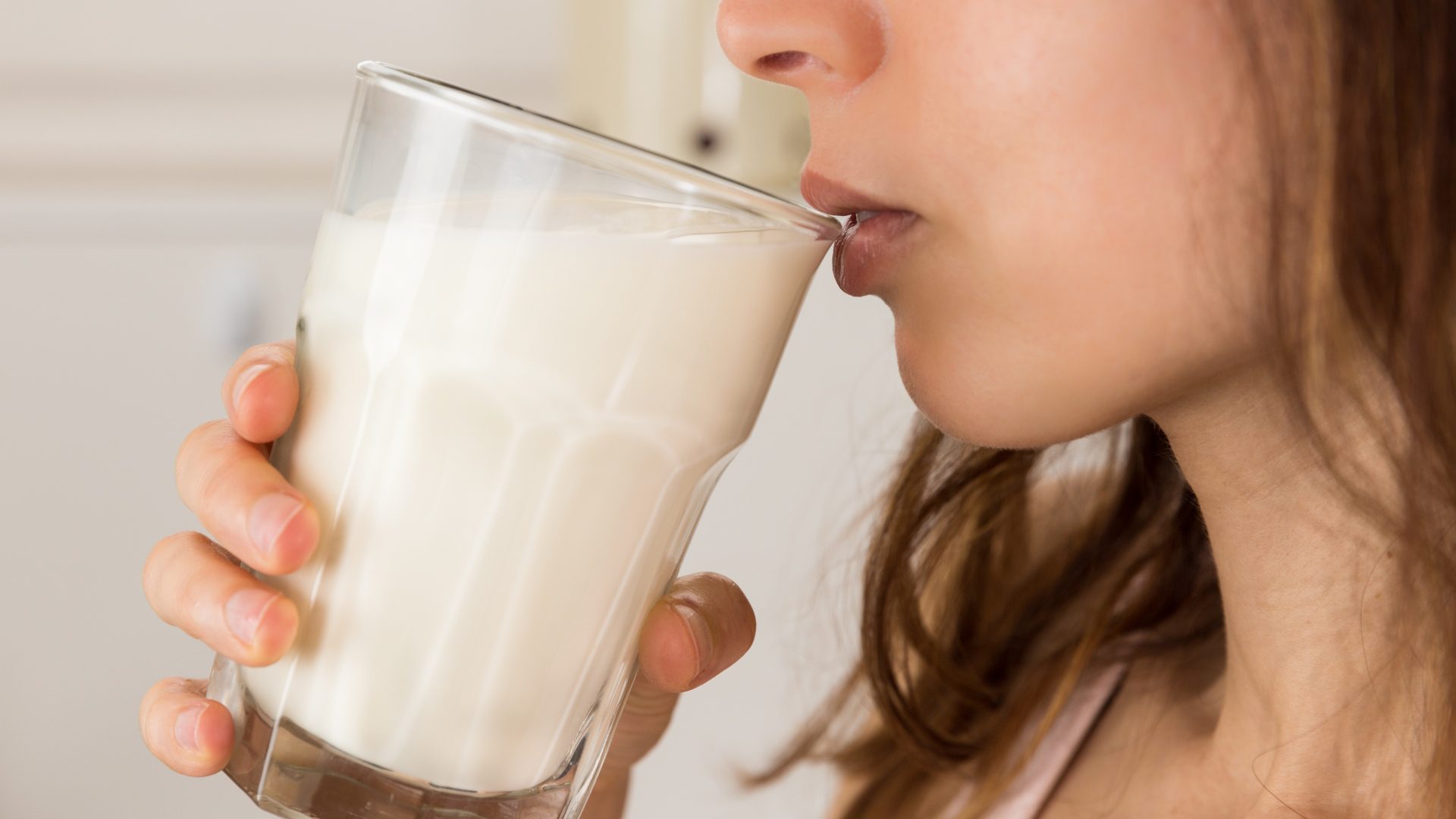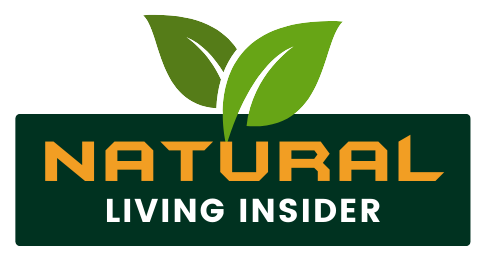
For centuries, milk has been celebrated not only as a nutritious drink but also as a beauty secret. From Cleopatra’s legendary milk baths to modern DIY face masks, milk has long been used in skincare. But does applying milk directly to your face actually benefit your skin—or is it just an old beauty myth? Let’s explore what science and tradition say.
Table of Contents
A Brief History of Milk in Skincare
Milk has been used in beauty rituals across cultures for thousands of years. Ancient Egyptians and Indians used milk baths to soften skin, while traditional remedies often included milk for soothing sunburn, dryness, or irritation. Its creamy texture and nutrient-rich composition made it a natural choice for skincare long before modern products existed.
Nutrients in Milk That May Benefit Skin
Milk contains several compounds that are believed to help the skin when applied topically:
-
Lactic Acid – A natural alpha hydroxy acid (AHA) that gently exfoliates dead skin cells.
-
Proteins & Enzymes – May help nourish and soften the skin.
-
Vitamins (A, D, B12) – Contribute to overall skin health.
-
Fats – Provide moisture and hydration for dry skin.
Potential Benefits of Applying Milk to the Face
1. Gentle Exfoliation
Lactic acid in milk can act as a mild exfoliant, removing dead cells and promoting brighter skin. This makes milk an ingredient in many natural scrubs and chemical exfoliants.
2. Hydration & Moisturization
The fats and proteins in milk may temporarily soothe and hydrate dry skin, giving it a softer texture.
3. Skin Brightening
Regular use of milk masks is believed to reduce dullness and improve skin radiance, thanks to lactic acid.
4. Soothing Irritation
Cool milk applied to sunburns or irritated skin can provide temporary relief due to its cooling and moisturizing properties.
5. Anti-Aging Properties
Exfoliation and hydration together can help reduce the appearance of fine lines, though this effect is mild compared to professional treatments.
Limitations and Concerns
While milk may have benefits, it’s not a miracle skincare solution:
-
Temporary Effects – Most results, like hydration and softness, are short-term.
-
Possible Allergies – People with dairy allergies or lactose intolerance may experience irritation.
-
Acne Concerns – Some studies suggest that dairy (when consumed) is linked to acne; topical application may also clog pores in oily or acne-prone skin.
-
Hygiene Risks – Raw milk can contain bacteria, which may be harmful if applied directly to skin.
How to Use Milk Safely on Skin
-
Milk Face Wash – Dab a cotton ball in cold milk and gently cleanse your face.
-
Milk and Honey Mask – Combines moisturizing and antibacterial benefits.
-
Milk and Turmeric Pack – Traditional remedy for brightening and evening skin tone.
-
Oatmeal and Milk Scrub – Exfoliates while keeping skin hydrated.
👉 Tip: Always use pasteurized milk and do a patch test before applying to your face.
Alternatives to Milk in Skincare
If you’re lactose intolerant, vegan, or simply cautious, alternatives like plant-based milks (oat, almond, soy) or skincare products with lactic acid can offer similar exfoliation and hydration benefits without dairy risks.
Milk can indeed offer mild exfoliation, hydration, and soothing effects when applied to facial skin. However, its benefits are limited compared to modern skincare formulations. For those who enjoy natural remedies, milk masks and cleansers can be a refreshing addition to a skincare routine—but they should not replace dermatologist-recommended treatments.
✨ In short: Milk can help your skin look fresher and softer temporarily, but it’s not a miracle cure. Use it safely, and treat it as a natural booster, not a replacement for proven skincare products.


